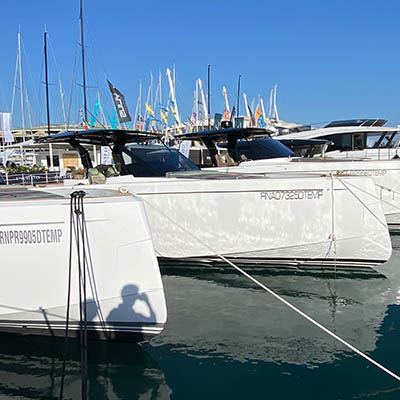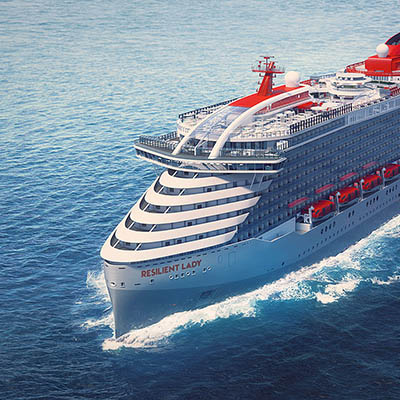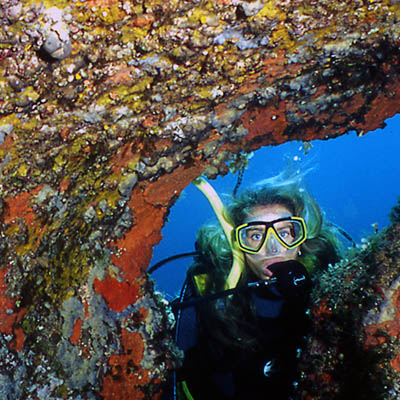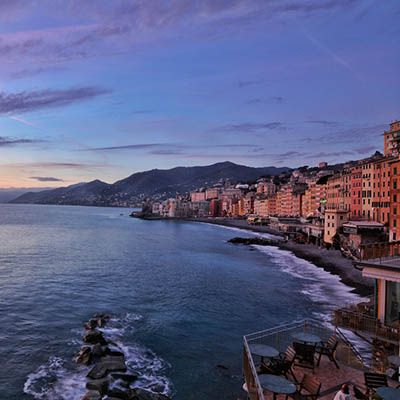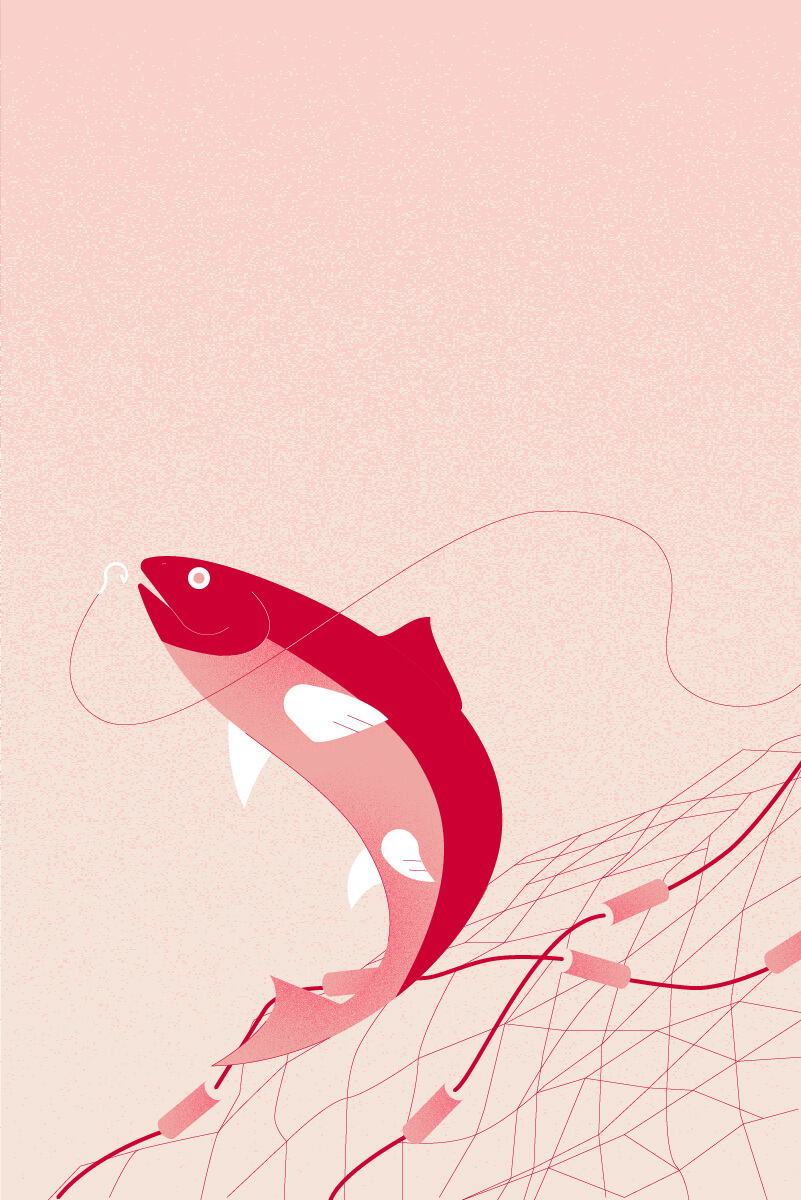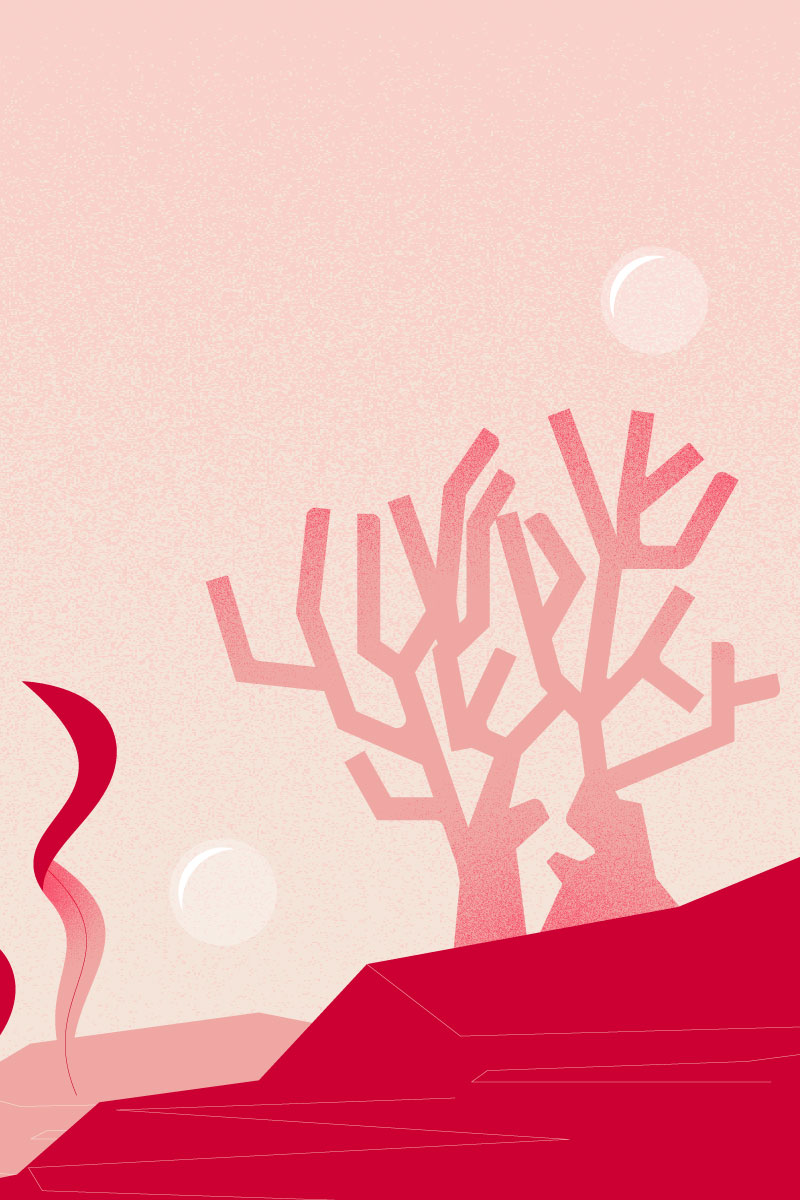Farmed fish or wild fish? Let’s look at the difference
Here is our little handbook to help consumers see the differences between farmed and wild caught fish

Farmed fish or wild fish? Let’s look at the difference
Here is our little handbook to help consumers see the differences between farmed and wild caught fish
Often, when we go to buy fish and are standing in front of the fishmongers, we ask ourselves whether the fish is farmed or wild. By law, on the label the origin and method must be clearly stated and we can often see the difference in price between farmed and wild fish, but that is not always the case. Wild fish is much tastier than farmed fish and this is enough to justify the higher price, but let’s see why.
FARMED FISH
Let’s take, for example, bream and sea bass, the most common species sold in Italian fish shops. The water used in farming is substantially sea water but it is filtered and purified to eliminate dangerous substances. In this process, however, a number of biological and microbiological substances are also lost, and these are important for fish growth. The result, therefor, except for those few farms done in the open sea, is simply just salty water. Farmed fish are fed with special fish food to make them grow to the desired size, which is the size created by market demand.

WILD CAUGHT FISH
The sea is full of microorganisms and organisms of various kinds (called biome) that are a part of a complex and little known food chain. For this reason, wild fish is more flavourful. It eats what it finds in the sea, which contributes to adding flavour to the flesh. It also swims freely and through large underwater areas, and this makes the flesh more muscular and compact. In the wild, compared to in a farm, it can reach much larger sizes.

Our advice is also to choose fished based on the season, just like for fruit. Many fish, in fact, can only be found in certain seasons. This is another way of being sure that the fish is local and has not travelled thousands of kilometres before reaching the shop. We are also lucky to have, in our seas, oily fish, which is full of nutritional elements (anchovies, sardines, tuna, mahi-mahi, amberjacks, etc..) like omega 3 and fatty acids.
If possible, choose smaller fish, with a shorter life cycle, to reduce the amount of mercury deposits. But this is a more complex topic that we might look at in another article.
Maximiliano Ricci
Topics: wild caught fish, wild fish or farmed fish







